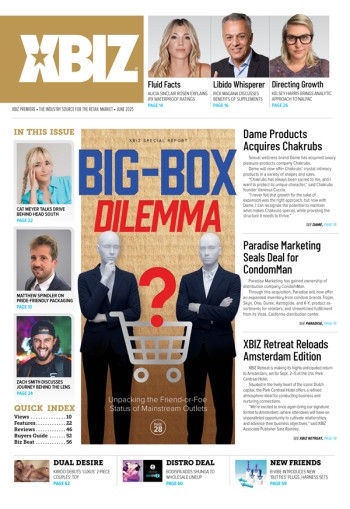LOS ANGELES — There are profound changes coming to the online ecosystem over the next few months that will affect all adult and mainstream advertisers and publishers alike — leaving some stakeholders scrambling for solutions.
One such example is Google’s attempt to combat what it calls an “Abusive Ad Experience,” a topic that is rapidly trending upward among webmaster discussions following the beginning of the search giant’s newest effort to clean up the web, which commenced earlier this week, and highlighted by an upcoming Feb. 15 update to its popular Chrome web browser — by far the most widely used by consumers — intended to block “abusive” ads by default.
Since Google is helping to make and enforce the rules, it is also helping webmasters abide by them, offering educational resources and tools like the Ad Experience Report making it easy to check a site’s compliance while revealing a range of effective mitigation strategies.
A video walkthrough of the process provides a brief overview of Google’s Ad Experience Report, detailing its importance to publishers while offering tips on how to resolve poor ad experiences that are contrary to guidelines from the Coalition for Better Ads.
“The Ad Experience Report is designed to identify ad experiences that violate the Better Ads Standards, a set of ad experiences the industry has identified as being highly annoying to users,” explains a Google spokesperson. “If your site presents violations, the Ad Experience Report may identify the issues to fix.”
A site’s review status, segregated by specific desktop and mobile reporting, is a click away through Google’s Webmaster Tools. Once a site’s reported issues have been resolved, a new site review can be requested, and business moves forward.
Webmasters would be wise to check their site’s performance with this tool before the February deadline.
Stay tuned to XBIZ for more on Google’s war against Abusive Ad Experiences and how the industry is responding to the ongoing changes in online marketing practices.






